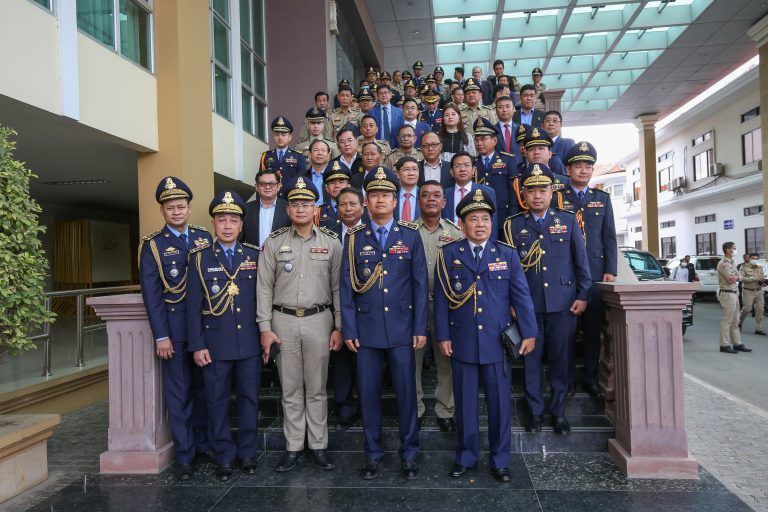CNIPA ISSUES GUIDELINES ON THE SUBJECT MATTER ELIGIBILITY OF UTILITY MODEL PATENTS
22 Dec 2023
China
share
On November 2, 2023, China’s National Intellectual Property Administration (CNIPA) issued Guidelines on the subject matter eligibility of utility model patents (UMs). UMs are not subject to substantive examination and therefore tend to be granted quickly. However, the subject matter of UMs is limited to the “shape and structure suitable for practical use” (Article 2, Paragraph 3 of Patent Law). The newly published Guidelines explain in detail what is included.
If the claim recites a method, it does not meet the subject matter eligibility of a utility model patent. Even if the claim includes improvements in the method, shape, and structural features of the product, it is still not the subject of utility model protection.
For example, the claim seeking protection for smart door locks using facial recognition. Opening a door by a technical means of automatic unlocking by facial recognition, which includes a hardware structure. If the facial recognition program is known and the claim does not involve improvements to the program itself, the claim can be considered eligible.
The shape of products that do not have a definite shape, such as gases, liquids, powders, or granular substances or materials, cannot be used as a shape feature for utility model protection.
The molecular structure and metallographic structure of substances are not the structure of products protected by utility model patents.
Solutions that do not use technical means to solve technical problems are not subject to utility model protection.
For example, a claim that seeks protection for a Chinese-style raincoat with patterns of Chinese-style elements. Such patterns on the surface of the raincoat are a means of expressing traditional Chinese culture. It does not solve any technical problems, so it is not eligible. However, a safety raincoat with fluorescent patterns can be eligible. The warning effect of the fluorescent patterns in low light conditions solves the technical problem of improving pedestrian safety on rainy days.
Therefore, technical solutions that involve improvements in methods cannot be protected by utility model patents, so applying for an invention patent can be considered. Applications for only aesthetic purposes cannot be protected by utility models patents. If such applications meet the relevant requirements for design, applying for a design patent can be considered.





